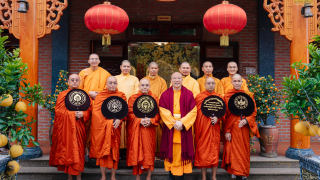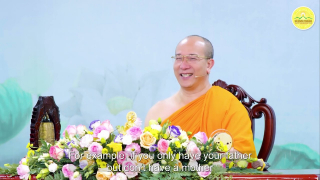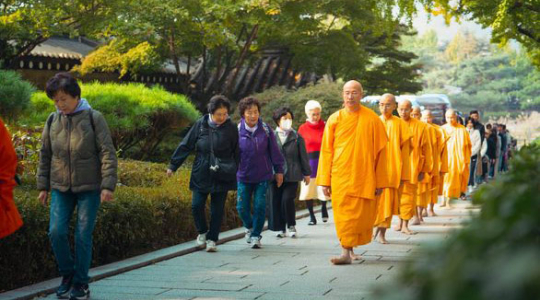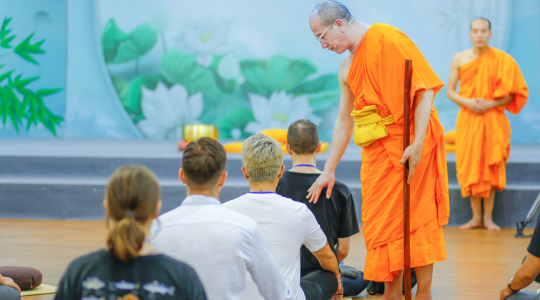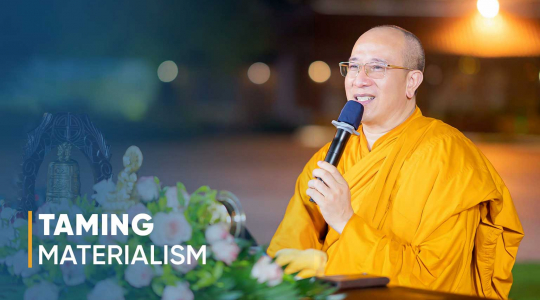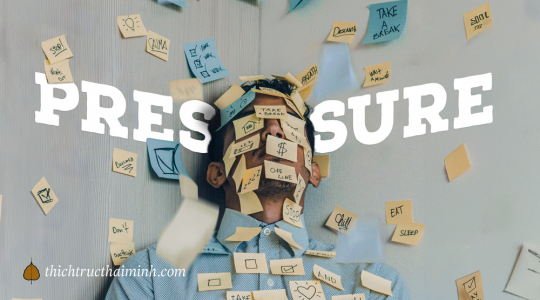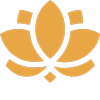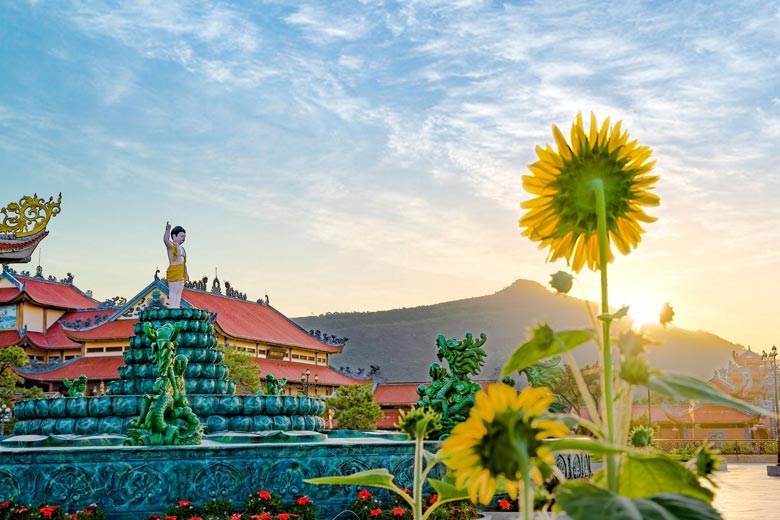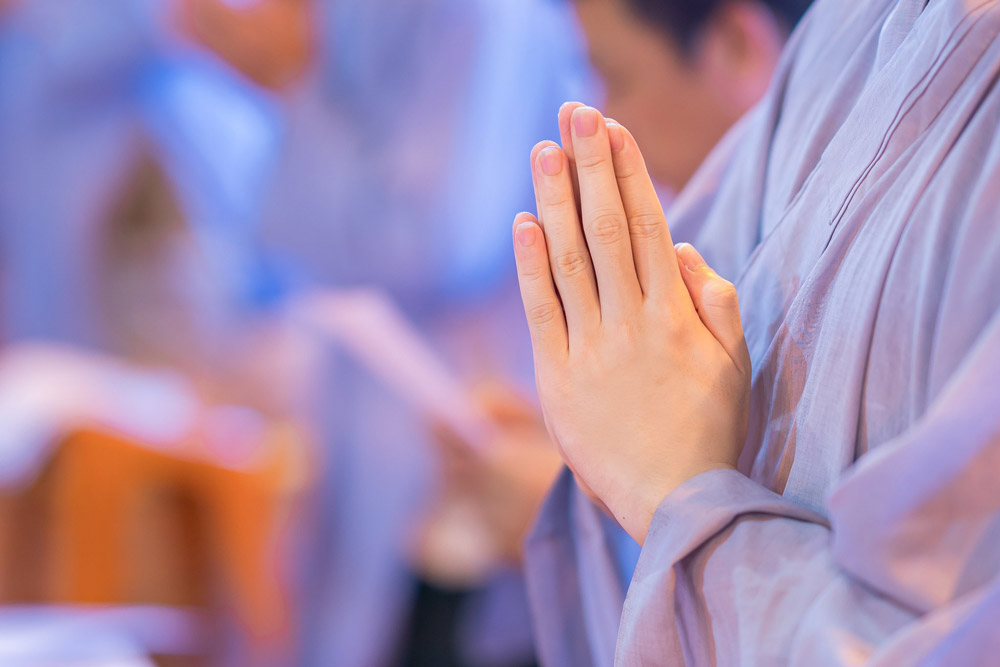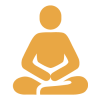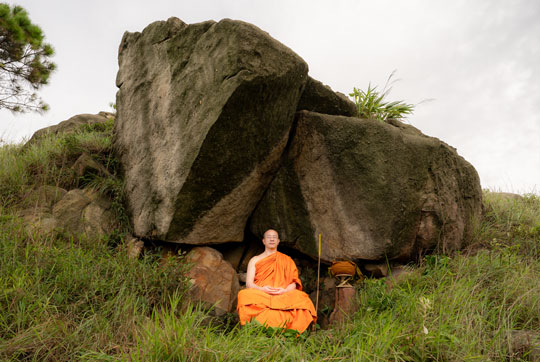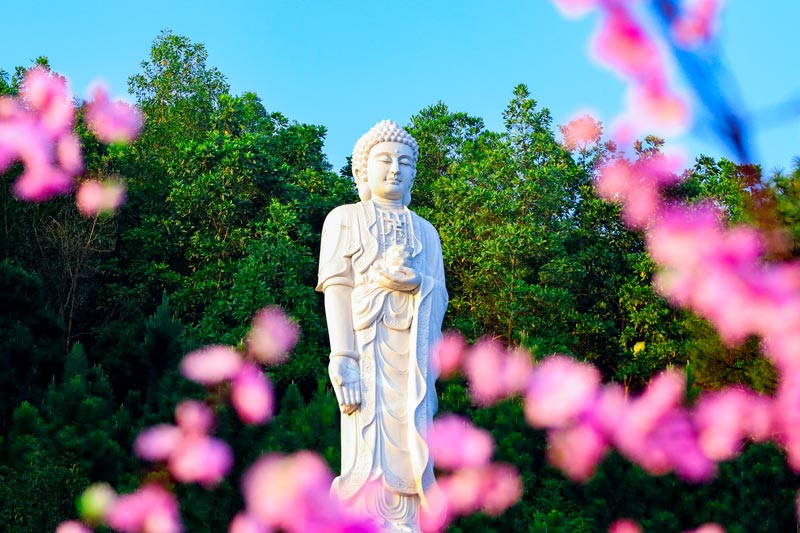How to meditate for beginners: 3 steps for finding peace of mind
Table of contents [Hide]
- Meditation basics
- What is meditation?
- How many types of meditation? For beginners, which type should be practised?
- How to meditate for beginners
- Step 1: Enter Meditation
- Step 2: Stay in a meditative state - Count breaths
- Step 3: Exit meditation
- Practicalities of meditating
- Right time, right place
- What to wear
- Duration
- What you will need to meditate
- Benefits of meditation
“Meditation is a great tonic for our mind and body. If you are exhausted and stressed, you just need to meditate for 15 minutes to regain your physical and mental balance. That is when your energy is revived.” - Thay Thich Truc Thai Minh.
Meditation has become one of the most essential skills for anyone who wants happiness. It was, is and apparently will be practised by people around the world for many reasons.
In this article, you will obtain an overview of the essence of meditation and learn how to meditate correctly under the guidance of Thay Thich Truc Thai Minh.
Meditation basics
What is meditation?
To get a definition of meditation, you can find it in a lexicon or a dictionary. But to understand the true nature of this practice, you need to hear from those who have practised it.
“Meditation is letting your mind come back to the present moment and letting the present moment become clear”, said Thay Thich Truc Thai Minh. It is a method of keeping your mind stable and in peace because our minds are so sophisticated. Meditation is the path that leads your mind to a state of safety and peacefulness. Once you have entered the meditative state, you will be able to manage your mind. In other words, meditation is the best way to control your mind.
How many types of meditation? For beginners, which type should be practised?
There are many types of meditation. One can practise it while walking, standing, lying or sitting. But above all, sitting meditation is the most important. The sitting position will help beginners stabilize their minds.
How to meditate for beginners
You can sit in full lotus posture or half lotus posture.
Half lotus posture: Bring your right foot on top of your left thigh (or vice versa) so that the sole of the foot faces upwards.
Full lotus posture: At first you sit calmly with a straight back. Use your hands to pull and place your right foot on your left thigh. Try to bring your heel as close as possible to the belly with the sole facing upwards. Do the same to your left foot. Take it in your hands and slowly place it on your right thigh as close to your hip as you can. The soles of both feet should face upwards.
Step 1: Enter Meditation
Spread your sitting mat on the floor and put your meditation cushion in the middle of one edge of the mat.
Sit on the cushion in your comfortable pose and gently do some warm-up exercises to loosen up the joints from head to toe. Pay more attention to knee, crotch and ankle joints.
Determine if you want to sit in full or half lotus posture. Choose the posture which suits you and your ability.
Your bodys weight will be placed on the buttocks. Your back should be straight. Your head should neither fall forwards or backwards. Eyes are half-closed so that you can see in a distance of 1 meter. Your tongue touches your upper jaw.
Put your right hand on your left hand. Both hands should be placed on the soles of your feet with two thumbs touching each other.
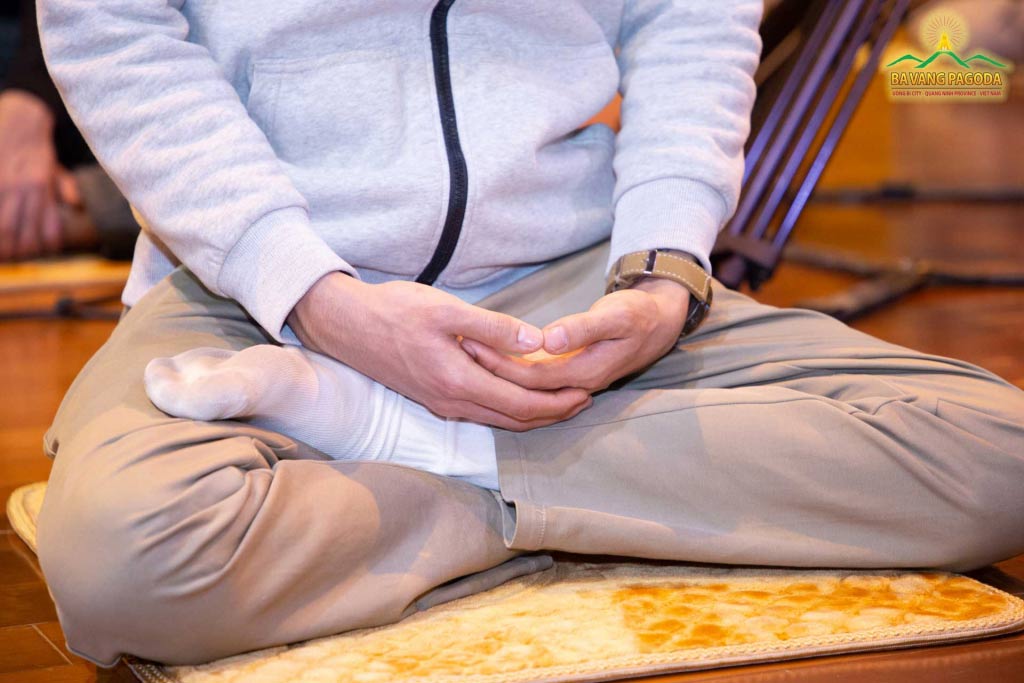
The way we put our hands during meditation.
Breathe three deep breaths. On inhalation, think that you are breathing fresh air which goes into your lungs and your whole body. On exhalation, think that you are getting rid of polluted air, sickness and suffering inside you.
Step 2: Stay in a meditative state - Count breaths
Breath counting meditation is the method for new beginners in which we will just focus on counting breaths. You should breathe naturally. Every time you inhale and exhale, you count one. You count respectively from one to ten then count from one again. In case your mind just wanders and you lose track, you can count from one again.
Anyone who determines to learn meditation should practise this diligently, for those who practise this well will easily attain a calm mind.
Step 3: Exit meditation
The purpose of meditation exit is to help your body get rid of aches and encourage blood circulation.
Before you exit meditation, breathe three long deep breaths and exhale through your mouth. Open up your eyes to stop focusing on the inside.
Meditation exit should take place from top to toe. Gently move your neck first, then shoulders and arms.
Spread your fingers apart then hold for a few seconds three to five times. Rub your hands together until they become warm, then use your hands to rub your forehead, eyes, nose, mouth, and cheeks. Continue to rub your neck, your ears, and your head.
Use your hands to rub your shoulders and along your upper body from armpits to your hips on both sides. You can also rub your belly clockwise. Place your both hands on your back, rub top-down until buttocks, especially the position of two kidneys. Finally, rub your thighs.
Take the toes with your hands, pull your legs slowly, and place them on the sitting mat. Now rub against your calves, ankles and massage the toes.
Now you can stand up and leave or sit quietly for a few moments before you stand up. The time you spend on exit meditation depends on how long you have meditated. The longer you meditate, the longer you should take to exit a meditation session.
Practicalities of meditating
Right time, right place
Meditation is not extraordinarily complicated as someone may think. We can meditate anytime and anywhere, after work or in your spare time, in your room or in nature. The ultimate purpose of meditation is to ease our mind. Before going to sleep or after getting up in the morning are great moments to go deep into meditation.
Make sure that you meditate when it is comfortable for you. Meditation with anger is definitely not a good choice.
What to wear
You should wear comfortable clothes which are not so warm in summer and not too thin in winter. Also, avoid wearing tight clothes and jewelry like watches or necklaces.
Duration
Beginners can start with 10 minutes a day. After becoming familiar with meditation, you can extend your sessions to 15 - 20 minutes a day.
What you will need to meditate
A cushion with a diameter of 20-25 cm (8-10 inches) and a height of 10 cm (4 inches)
A square sitting mat 90 - 100 cm (35 - 39 inches) wide. You can use a mat that you already have at home.
A small towel or cushion to place between the soles of your feet and your hands while sitting.
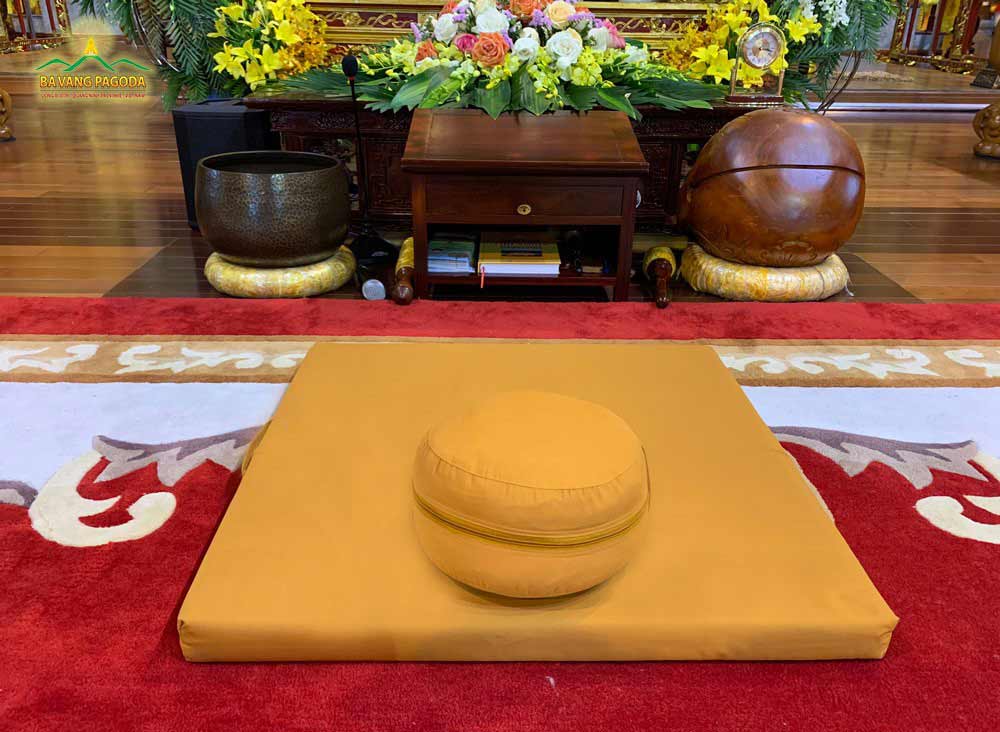
Benefits of meditation
In the last part of this article, you will learn some benefits of meditation. It is reasonable because before taking up this practice, at least you know what you will get from it.
Meditation is the best method to manage your mind and lead your mind to a calm and stable state. Anyone who owns a calm mind is able to master many aspects of life, either in studying or working. They will have a good memory and be able to think clearly.
Meditation is the path to wisdom. An intelligent person must have practised meditation in his many past lives. There is no other way.
Hopefully, our detailed instructions will help you start learning meditation in the easiest way. Try it today and enjoy the benefits it can bring.


